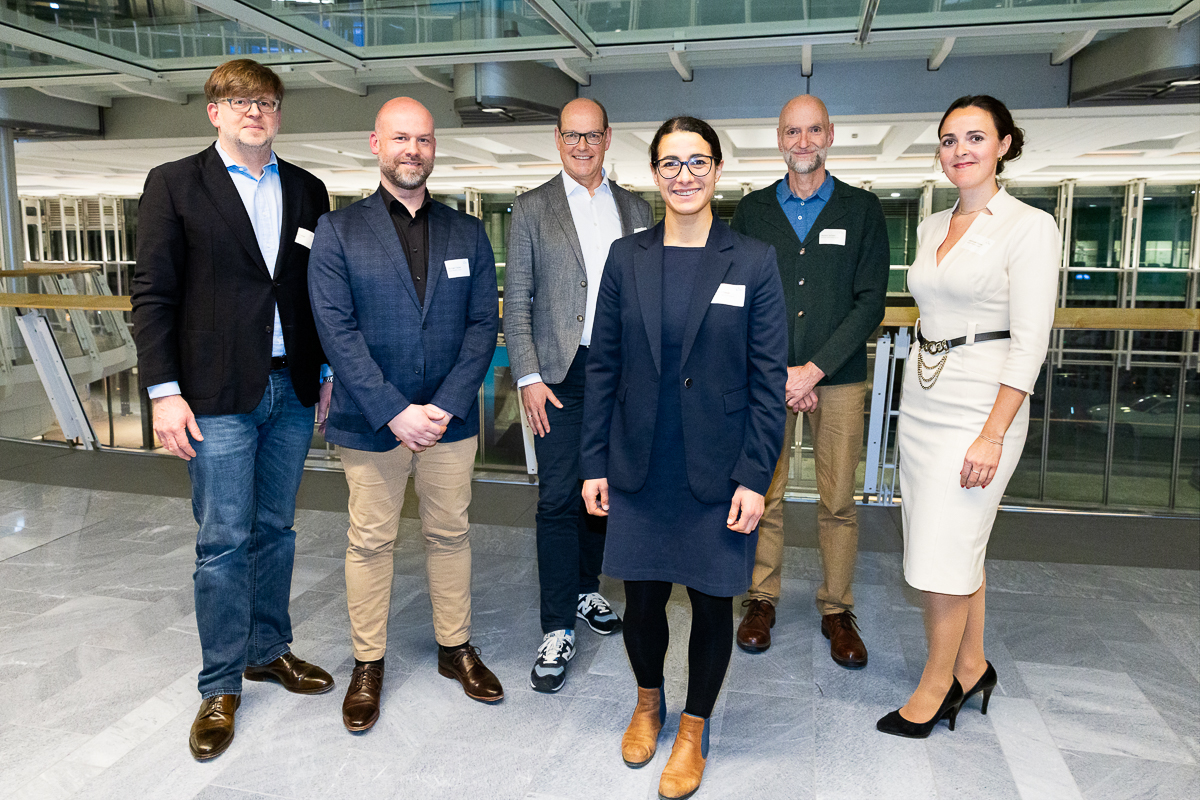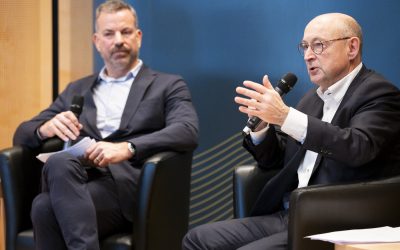The charging issue
Expert panel: Where will Berlin's e-cars fill up with energy in future?
Text: Sebastian Thomas | Head of Communications and Marketing
Transport is one of the problem children on the road to a climate-neutral city. The reduction of climate-damaging CO2 emissions also depends on the extent to which individual transportation can be electrified. However, how and where should charging take place in a metropolis with millions of inhabitants?
As part of an expert talk, we took an in-depth look at the charging infrastructure. In his presentation, Gernot Lobenberg pointed out that - as in Germany as a whole - the number of charging points in Berlin is also growing rapidly and has doubled in the past year alone. In addition to around 20,000 private wallboxes, Berlin's electric vehicles have around 4,000 publicly accessible charging points at their disposal, said the head of the Berlin Agency for Electromobility eMO. However, there are "huge differences" in terms of the capacity of the individual charging points, so according to the mobility expert, it would make more sense to focus less on the number of charging points and more on the required energy demand. Accordingly, Berlin's charging infrastructure would have to provide around 2 million kilowatt hours per year by 2030 in order to meet the forecast demand.
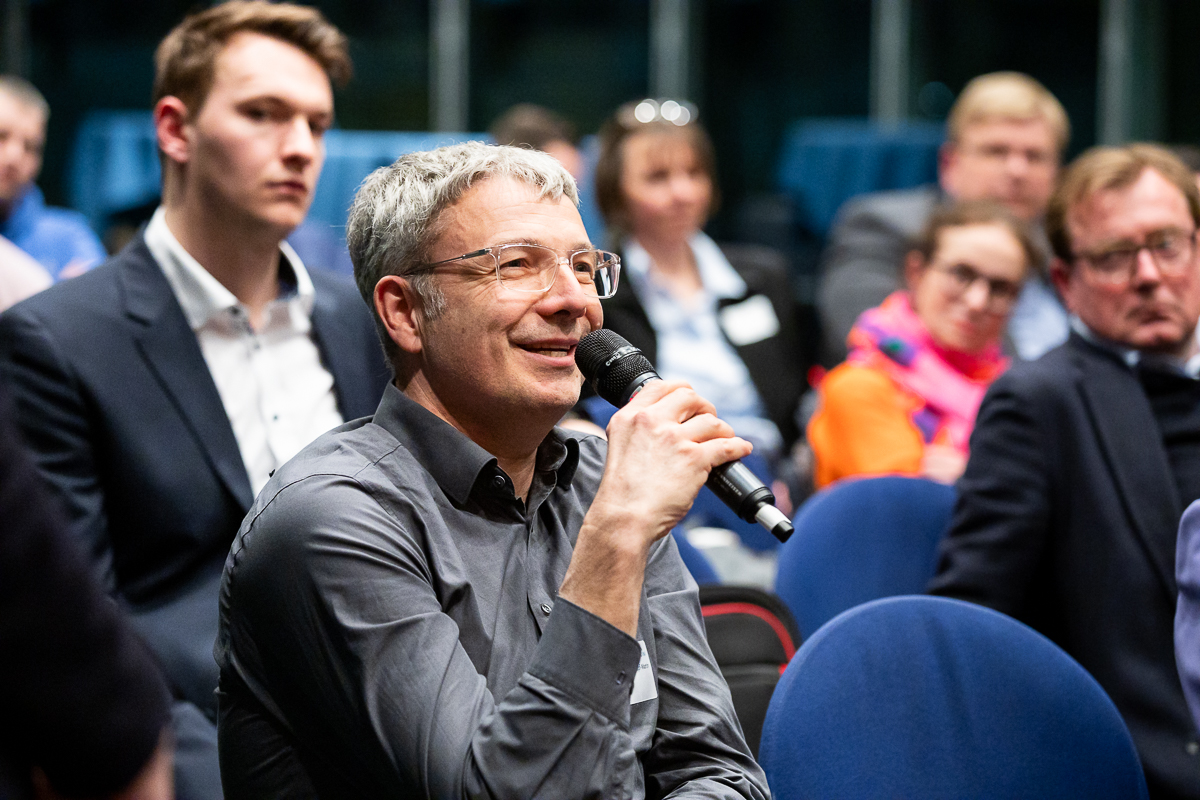
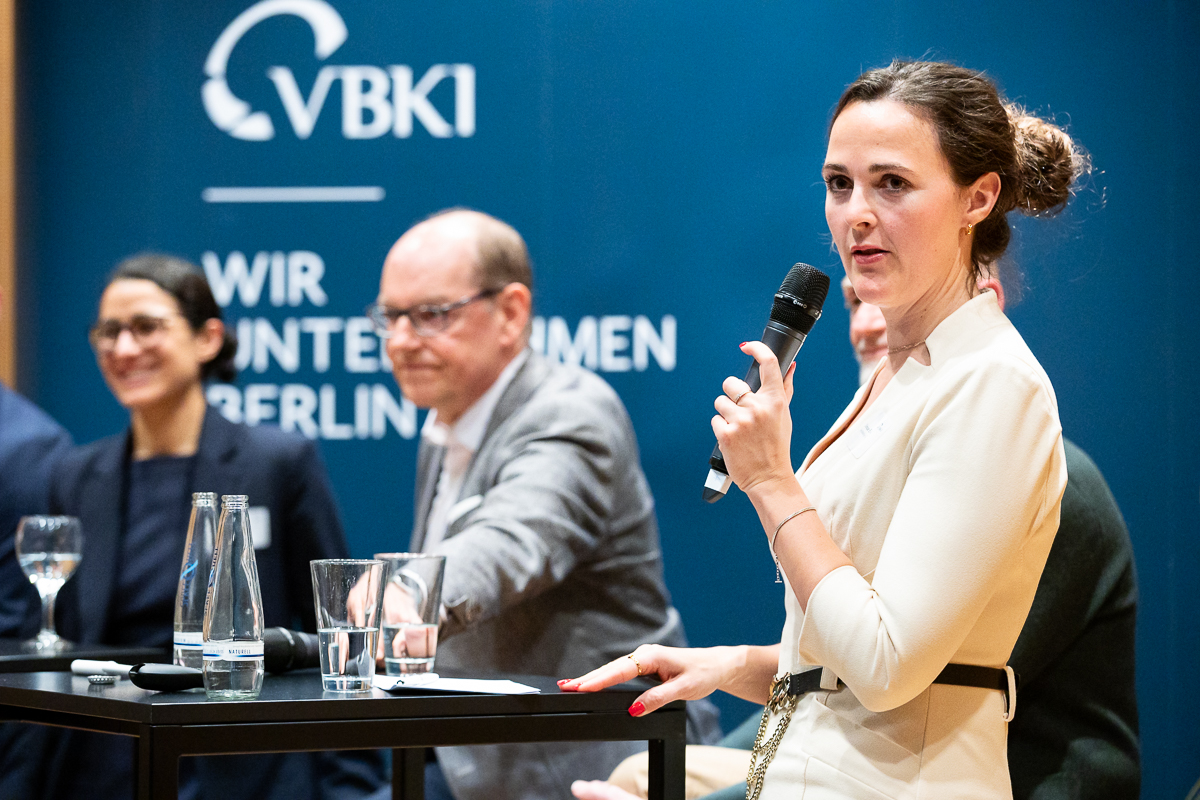
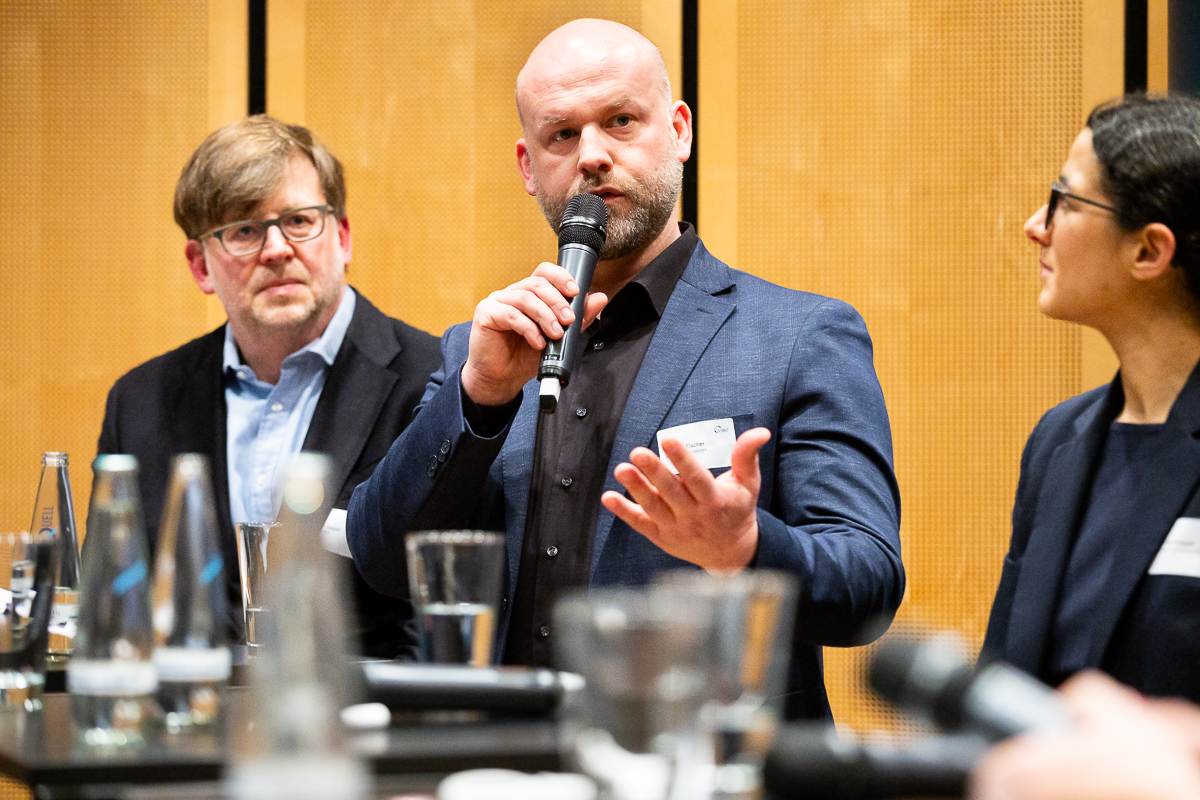
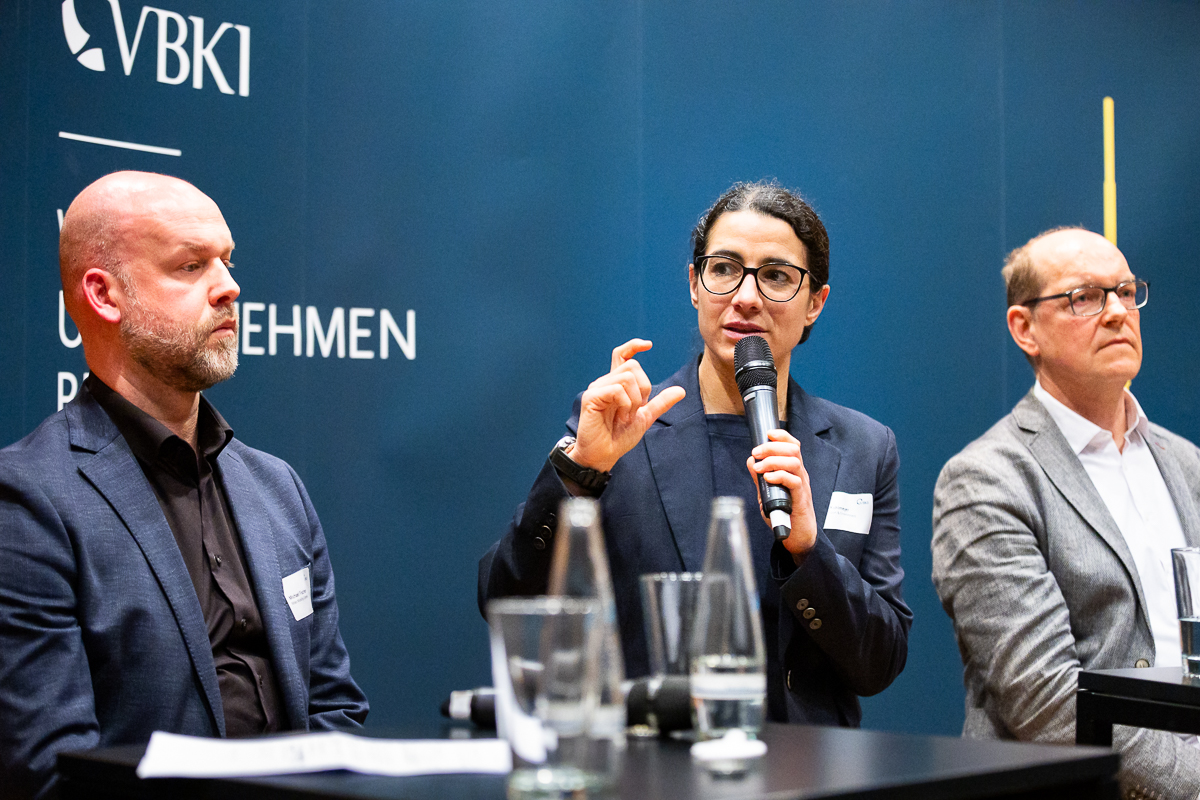
Around 70,000 electrically powered cars are currently on the road in Berlin, more than half of them commercially. Every fifth newly registered vehicle in Berlin and Brandenburg is an electric vehicle. How can this number be increased? In response to the question posed by the evening's team of moderators - Dominique Eichner and Achim Gasper from the VBKI Mobility Committee - the panel referred to the "enormous inertia" among motorists and the continuing high purchase costs of electrically powered vehicles. "Mobility is a habit," said Gernot Lobenberg. And changing habits takes time.
The attractiveness of electric vehicles stands and falls with a functioning - i.e. easily accessible - charging infrastructure. But where should the new charging points come from? Especially in inner-city districts characterized by apartment buildings, an important part of the answer will lie in fast charging. "The tenant on the 3rd floor in Prenzlauer Berg will charge his e-car quickly - for example in the supermarket parking lot, at the petrol station or at work," said Gernot Lobenberg. Charging at streetlights is more for the outskirts due to the limited capacity of 3.7 kilowatts.
Norbert Juchem has a similar view. The head of e-mobility at Berliner Stadtwerke is planning two HPC hubs in each district. The abbreviation stands for High Power Charging with up to 350 kW - the technology enables charging processes that take about the same amount of time as refueling a combustion engine. However, when estimating demand, it is always important to bear in mind that modern e-vehicles that are driven in the city do not need to be charged all the time. "I charge my e-vehicle twice a week," says Juchem.
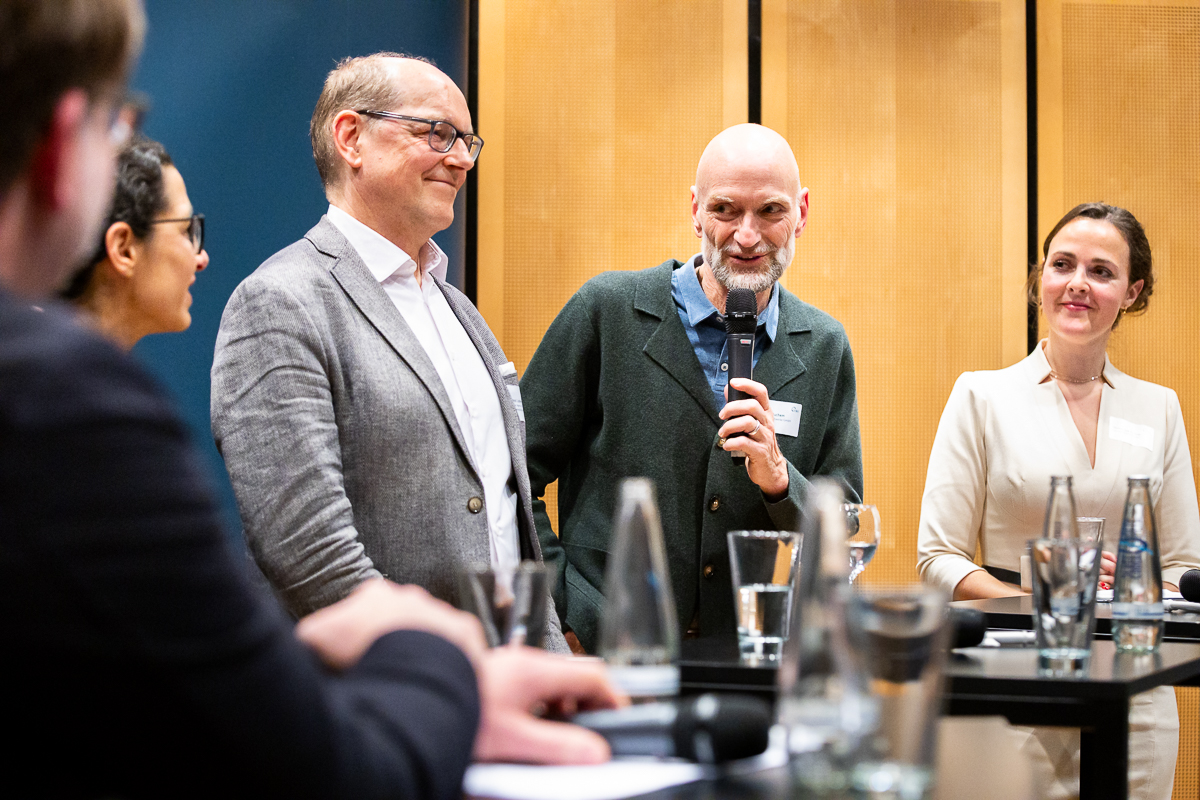
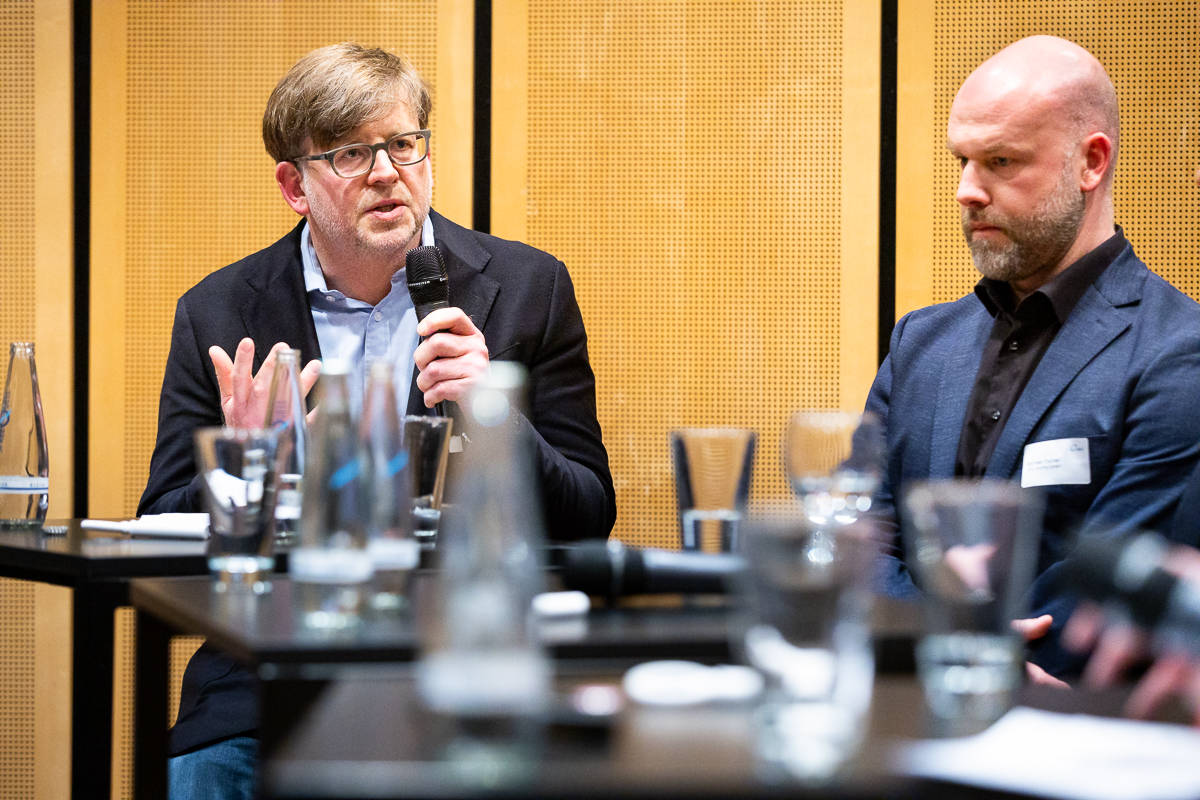
The electrification of fleets in the car sharing sector remains a challenge, says Michael Fischer, Head of Public & Governmental Affairs at Miles Mobility International. Although 17% of the company's own fleet is now electric, there are structural reasons preventing a further increase in this rate, which are difficult to resolve. In the free-floating sector, electric vehicles are twice as expensive as combustion engines. An electric obligation for car sharing and cabs may sound good, but it would be misleading. "This would stifle car sharing as a concept," says Fischer.
Kim Johanna B. Kohlmeyer, Head of Electromobility Trucks / Charging Infrastructure at Transport & Environment (T&E), pointed out the enormous leverage that trucks represent in the transport transition. Although trucks only account for 2 percent of vehicles on German roads, they cause 30 percent of total CO2 emissions in the transport sector. In this respect, the switch to e-vehicles is also an important part of the solution in this area, especially as battery technology has made enormous progress in recent years. The high acquisition costs remain a challenge, and the same applies to the fear of contact among drivers - at least until the eye-opening experience: "First of all, it takes a lot of persuasion to get drivers behind the wheel of an electrically powered e-truck. Once this hurdle has been overcome, it's hard to get them out again."
Impressions
To the picture gallery: Please click here>
You might also be interested in
More impact, less bureaucracy
VBKI discussion paper: Three proposals for a sustainable university landscape
"We don't have a knowledge problem, we have an implementation problem"
Business Breakfast: Vonovia CEO Rolf Buch as a guest at the VBKI
Experience politics up close
VBKI Young Professionals as guests at Bellevue Palace

